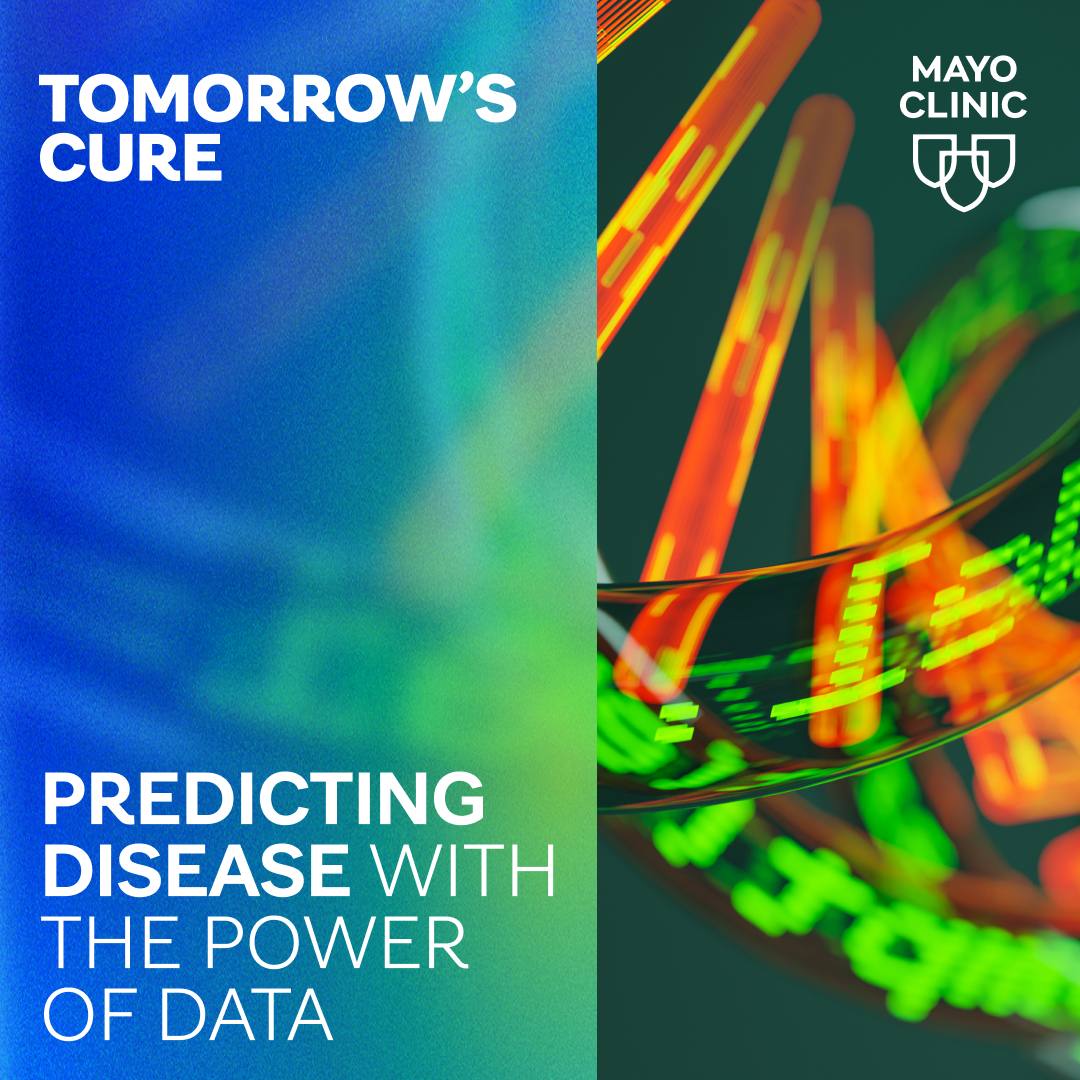-
Mayo Clinic Minute: Help with heartburn
Occasional heartburn is common for most people. They can manage the discomfort by taking medications, regulating the types of food they eat and making other lifestyle changes.
Journalists: Broadcast-quality video (0:59) is in the downloads at the end of this post. Please "Courtesy: Mayo Clinic News Network." Read the script.
"Heartburn and regurgitation are the two hallmark symptoms of gastroesophageal reflux disease," says Dr. Jeffrey Alexander, a Mayo Clinic gastroenterologist.
Heartburn is a pain under the breastbone, often after eating meals.
"Some people will feel burning. Some people may just feel pressure or some, like an elephant standing on the chest," says Dr. Alexander.
Regurgitation is the sensation of liquid coming up from the stomach into the chest and sometimes into the mouth.
Treatment starts with basic lifestyle adjustments.
"You want to avoid overeating, which is the big trigger, and eating and lying down," says Dr. Alexander.
Spicy food and other things, such as chocolate and mint, also can cause problems.
A second step is taking over-the-counter medication. "That could be an antacid, like Maalox or Tums, that work quite quickly," says Dr. Alexander.
Or it could be a longer-lasting option, such as an H2 blocker. If heartburn and acid reflux are a frequent issue, you might try a proton pump inhibitor, which will decrease acid production in your stomach for up to 24 hours.
And if over-the-counter treatments aren't working, talk to you provider. You may need prescription medication and further testing.
Related Articles







